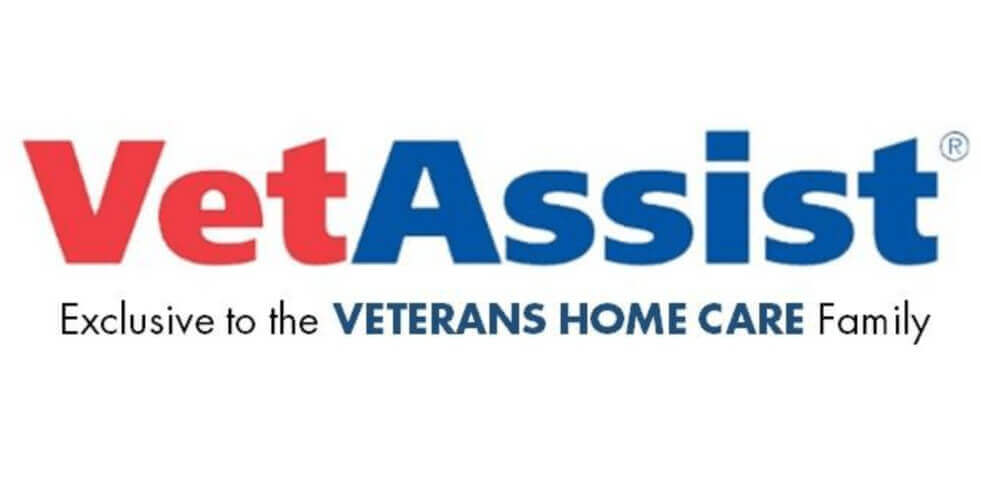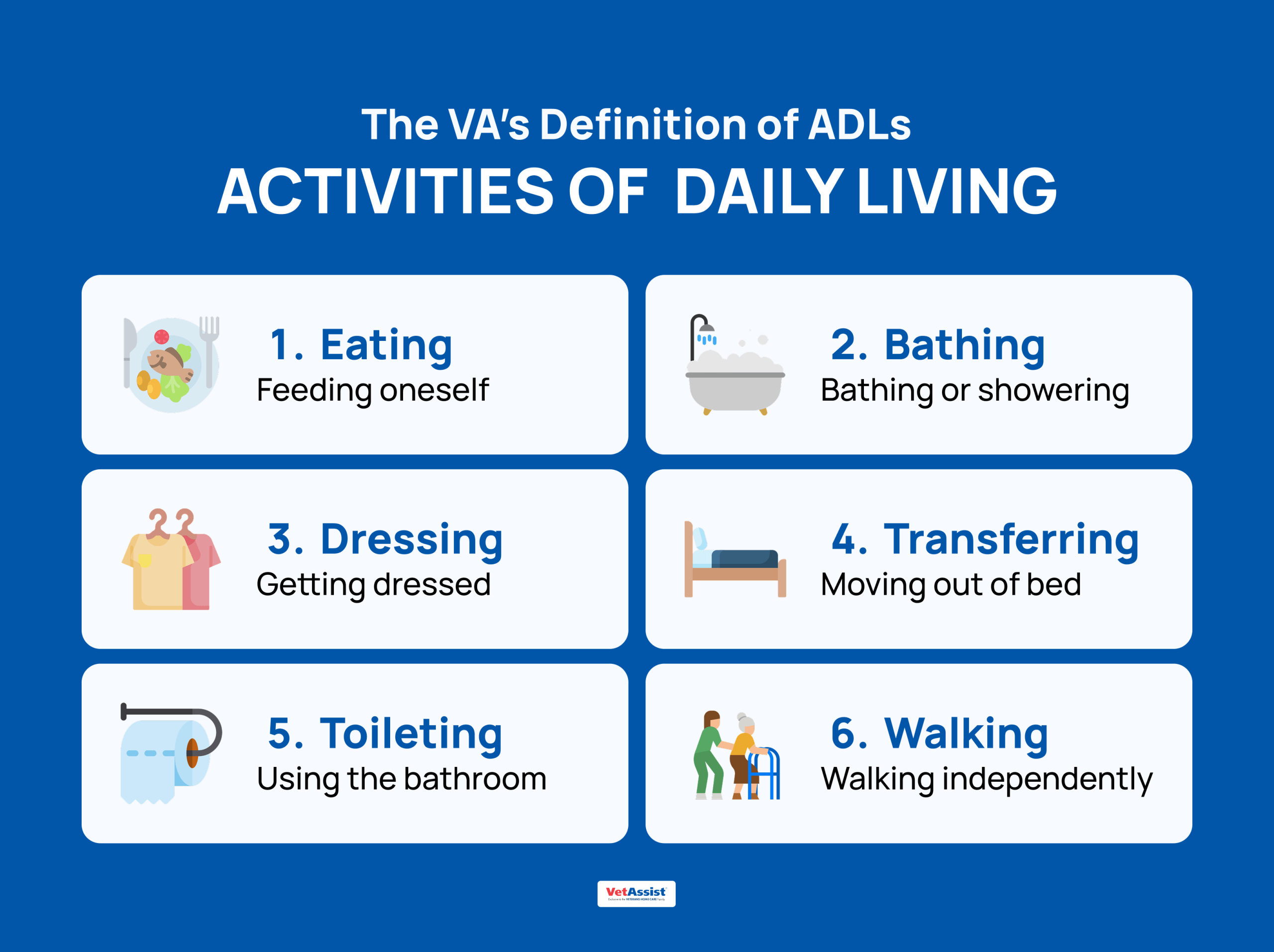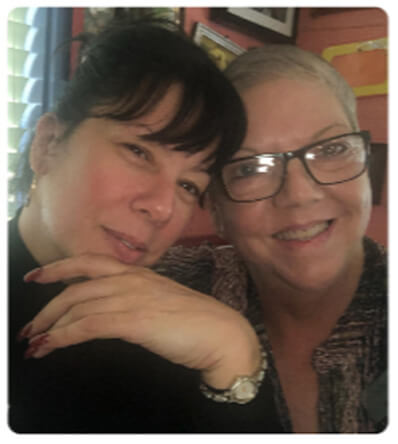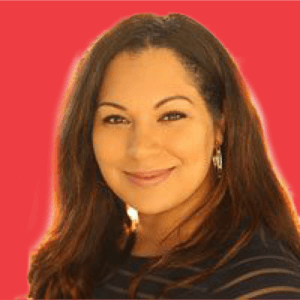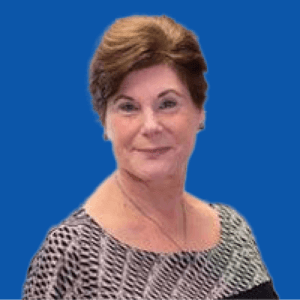Qualifying For Aid and Attendance
Applying for and qualifying for Aid and Attendance, a pension program from the Department of Veterans Affairs, (VA) can be confusing and time-consuming. Another consideration is remaining in VA compliance to maintain the Aid and Attendance benefit.
Since 2003, we have successfully helped more than 22,000 veterans and surviving spouses access quality home care and a VA Pension with Aid and Attendance to pay for that care.
Our VetAssist© Program regional managers and specialists have worked with thousands of veterans and their surviving spouses to help them understand the intent and purpose of Aid and Attendance. We also simplify the Aid and Attendance application process.
What is the Aid and Attendance Pension?
The Veterans Benefits Administration, a branch of the VA, offers tax-free, monthly monetary payments to certain wartime veterans with financial need, and their survivors. The Pension is a benefit for veterans who do not have a service-connected disability resulting from their military service.
Aid and Attendance is an additional monetary amount that can be added to the VA’s Pension. The enhanced Aid and Attendance amount is available for those who need the “aid and attendance” of another person for their routine daily living activities on a permanent basis.
Simplifying VA Aid and Attendance Pension Eligibility
A simple way to determine if you are eligible, is to start with the three main qualifications or “must-haves” for the VA pension with Aid and Attendance: 1. Military, 2. Medical and 3. Money.
Do You Meet the “3-Ms” to Qualify?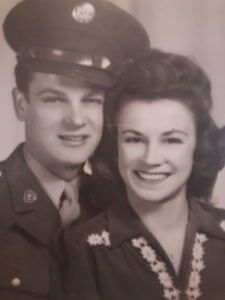
To qualify for the VetAssist Program and the VA pension with Aid and Attendance, a veteran or veteran’s surviving spouse will need to meet the following criteria:
1) Military: Are you a veteran or the surviving spouse of a veteran who served at least 90 days on active duty, at least one day during wartime, with an honorable discharge? (Gulf War veterans must have two years of active duty or the full period for which they were called for active duty.)
2) Medical: Do you have a non-service connected medical condition causing you to need assistance with activities of daily living?
3) Money: Do you have a net worth at or less than $159,239? (VA net worth limit established by Congress 12.2024) A primary residence and auto are not counted as part of net worth. Ongoing non-reimbursable medical and long-term care expenses may reduce your countable income.
Did you serve during one of the VA Defined War Periods?
- World War II: December 7, 1941-December 31, 1946
- Korean Conflict: June 27, 1950-January 31, 1955
- Vietnam Era: Nov 1, 1955-May 7, 1975. Veterans that served after August 5, 1964 may have served outside the Republic of Vietnam.
- Gulf War: August 2, 1990- date to be prescribed by Presidential Proclamation or law. Must have served active duty for two years or the full period of which the veteran was called for active duty.
Veterans Who Do Not Qualify for VA Compensation May Qualify for the Aid and Attendance Pension Program
It’s widely known that the Veterans Benefit Administration (VBA) offers Disability Compensation (tax-free funds) to veterans with disabilities that are the result of a disease or injury incurred or aggravated during active military service. However, many people are unaware that a VA Pension program exists for wartime veterans who do NOT have a service-connected disability. The VA Pension helps veterans and their families cope with financial challenges by providing supplemental income.
One day of service during wartime is necessary for the Pension program, but the veteran does not need to have served in combat or overseas. Unlike the VA’s Compensation program, veterans do not need to have a disability connected to their military service to be eligible for the VA Pension with Aid and Attendance.
More veterans are aware of the VA’s Compensation program, which is based on service-connected disabilities than the VA’s Pension program. Veterans who were discharged without suffering any injuries or sickness due to their military service often do not realize they may be eligible for a pension from the VBA. When the veteran needs the “aid and attendance” of another for activities of daily living, the Pension or Compensation payment is increased with an additional “Aid and Attendance” amount.
Help with Activities of Daily Living
Activities of daily living (ADLs) are routine self-care activities that people tend do every day without needing assistance. There are six basic ADLs: eating, bathing, dressing, continence (using the toilet), mobility (transferring, walking), and grooming. Home care agencies provide aides who can assist those who need help with activities of daily living. Aid and Attendance helps wartime veterans and spouses pay for help with activities of daily living.
More About This Veterans Benefit
In 1952 Congress passed Title 38 of the United States Code authorizing certain benefits for veterans. One of these benefits is the Non-Service Connected Pension, with “Aid and Attendance.” It is also known as simply “Aid and Attendance” or “Veterans Aid and Attendance benefit” or “Aid and Attendance Pension” or “Improved Pension with Aid and Attendance.”
In March 1989, during President George H. W. Bush’s presidency, the Veterans Administration (VA) was elevated to a cabinet-level executive department. The Veterans Administration was then renamed the Department of Veterans Affairs, and continued to be known as VA. Today the VA is comprised of three basic branches: the Veterans Health Administration (VHA), the Veterans Benefits Administration and the National Cemetery Administration (NCA).A
